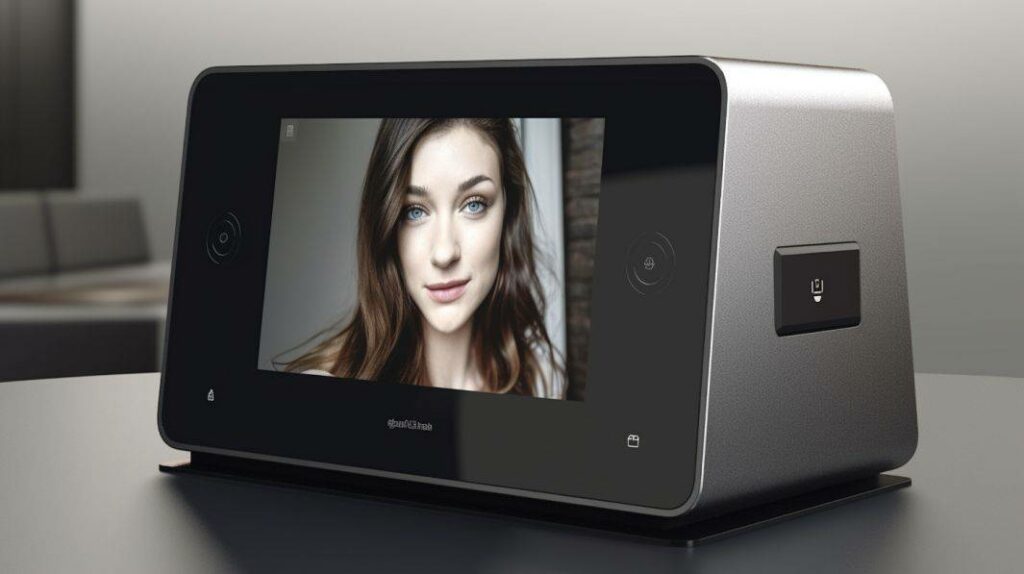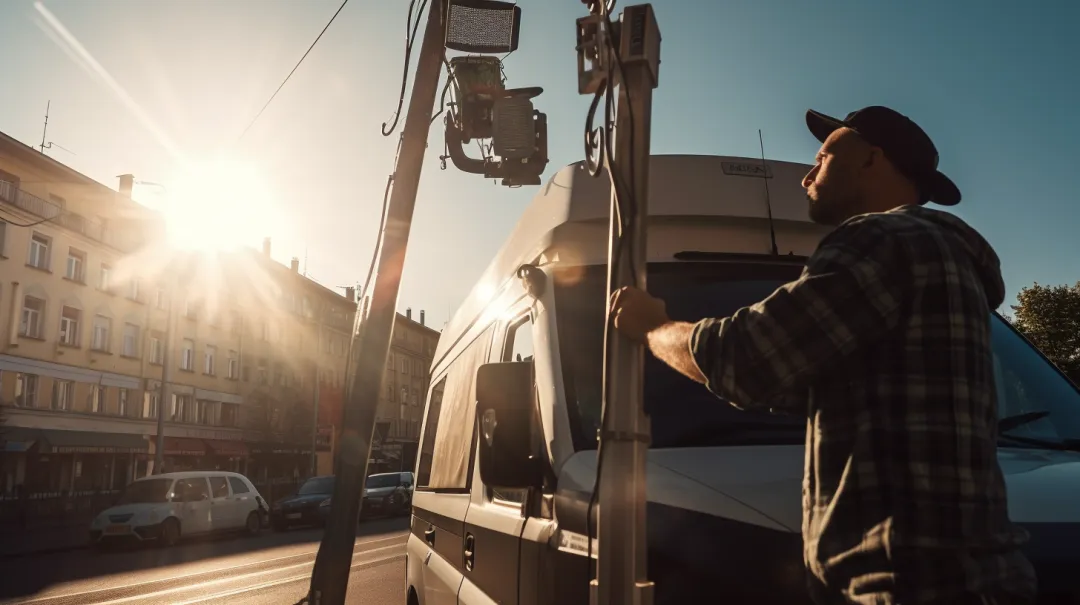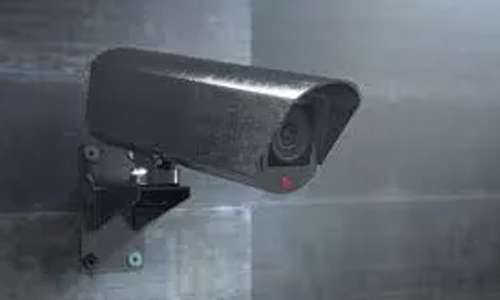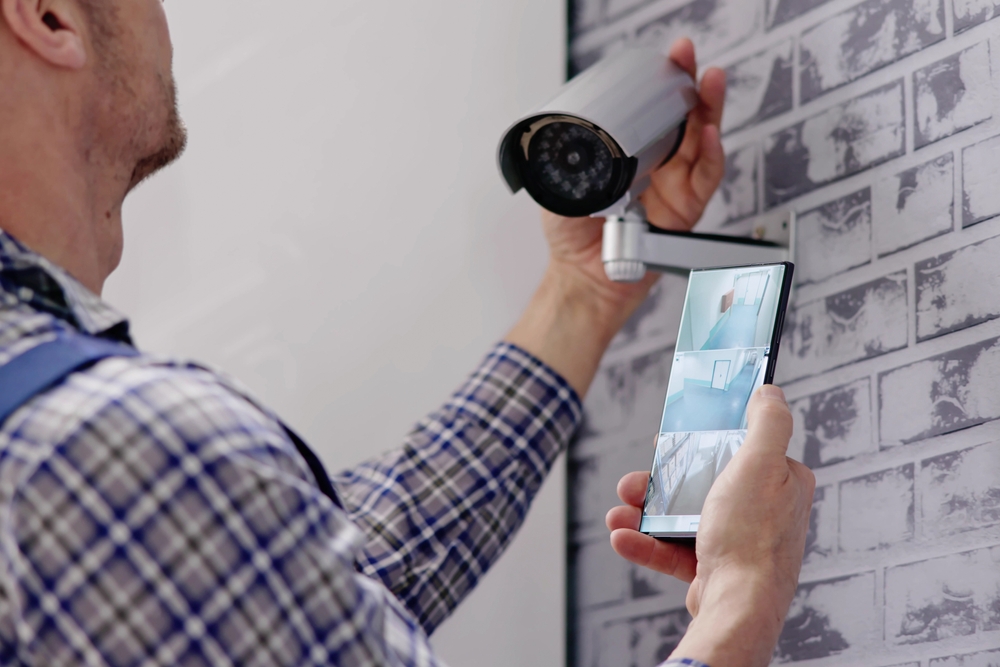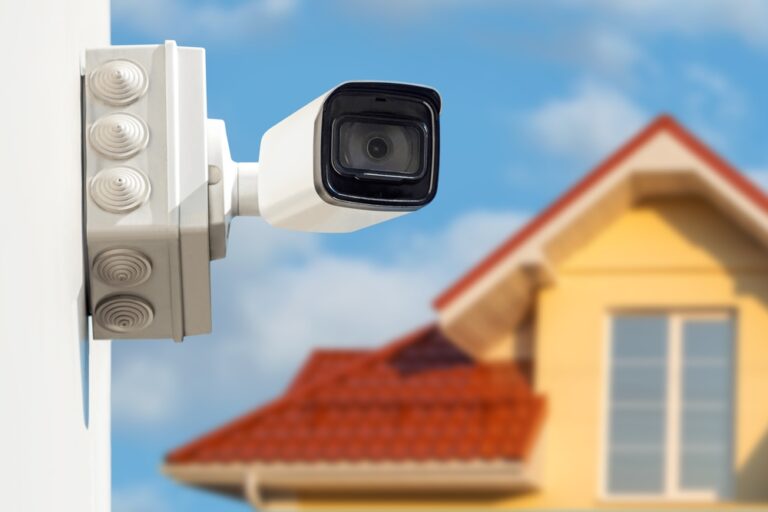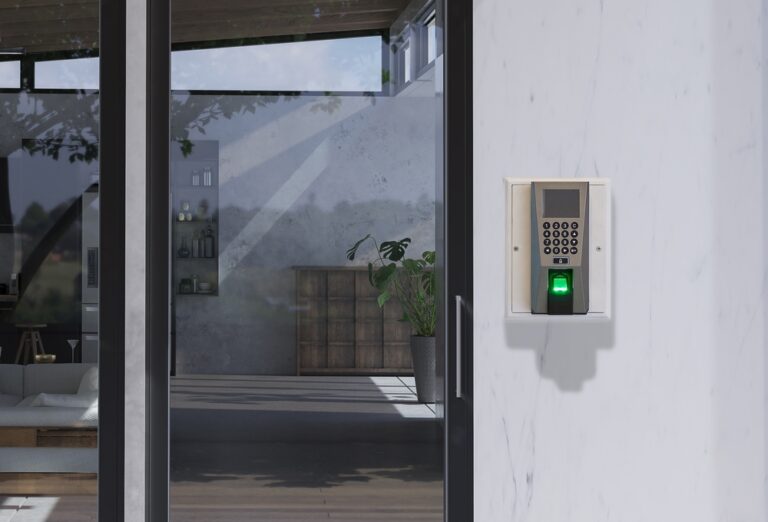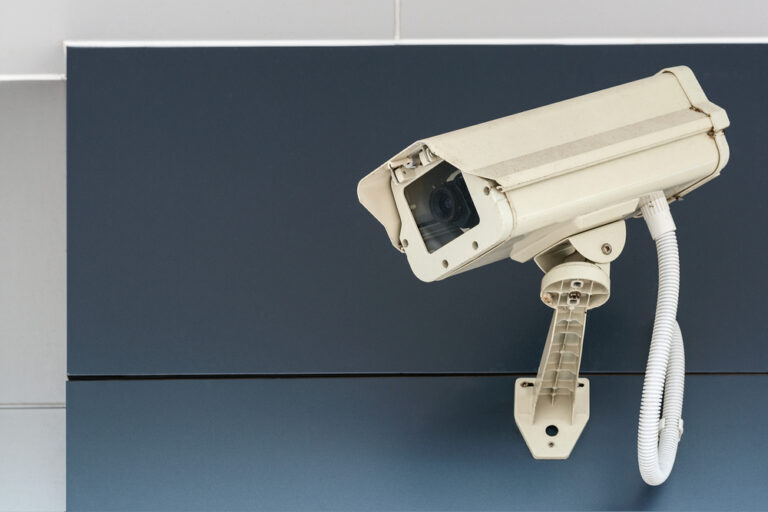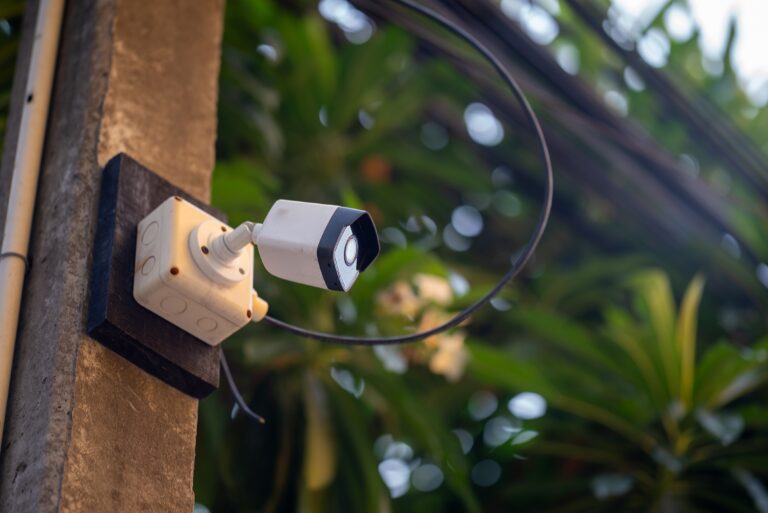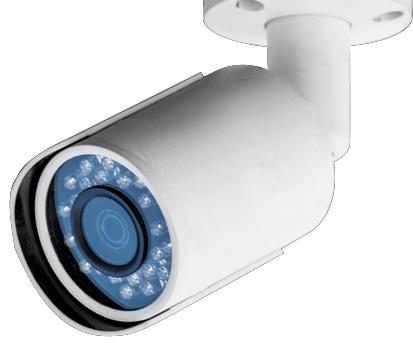- 1) Introduction
- 2) Common Issues with Intercom Systems
- 3) Solutions for Building Intercom Issues
- 4) Solutions for Wired Intercom Issues
- 5) Solutions for Wireless Intercom Challenges
- 6) Solutions for Telephone Callbox Troubles
- 7) Solutions for Cloud Video Intercom Challenges
- 8) Solutions for Legacy Intercom Wiring Problems
- 9) Benefits of Upgrading to Wireless Video Intercoms
- 10) Conclusion
- 11) FAQs
Introduction
Intercom systems are a vital part of many homes and businesses. They allow for convenient communication between different areas of a building or property. However, like any technology, intercom systems can develop issues that prevent them from working properly.
| Key Takeaways |
|---|
| Intercom issues often stem from loose wiring, power delivery problems, and failing parts. Following a structured troubleshooting approach tailored to the system isolated the root cause. |
| Solutions range from securing loose connections and replacing damaged wiring to upgrading internet speeds or installing wireless adapters as needed. |
| Legacy analog wired intercoms plagued by infrastructure issues or missing functionality may benefit long-term from upgrading to modern wireless IP-based video intercom system. |
| Top-tier wireless video intercom deliver fiber-like connectivity with incredibly flexibility, smartphone integration, access control, high-def video and advanced smart home features. |
| A customized consultation helps identify the best solutions to current communication issues while protecting property safety and technology investments into the future. |
This article will outline some of the most common intercom system problems, along with solutions for getting your system up and running again:
- What causes intercoms to stop working
- Troubleshooting tips
- DIY fixes
- Professional repair options
- When to upgrade your system
An intercom that stops working can be incredibly frustrating. It disrupts communication and forces people to use less convenient methods. Fortunately, many intercom issues can be resolved with some basic troubleshooting and maintenance.
Understanding the root causes of problems is the first step toward fixing them.
Here are some of the most common intercom system troubles:
Common Issues with Intercom Systems
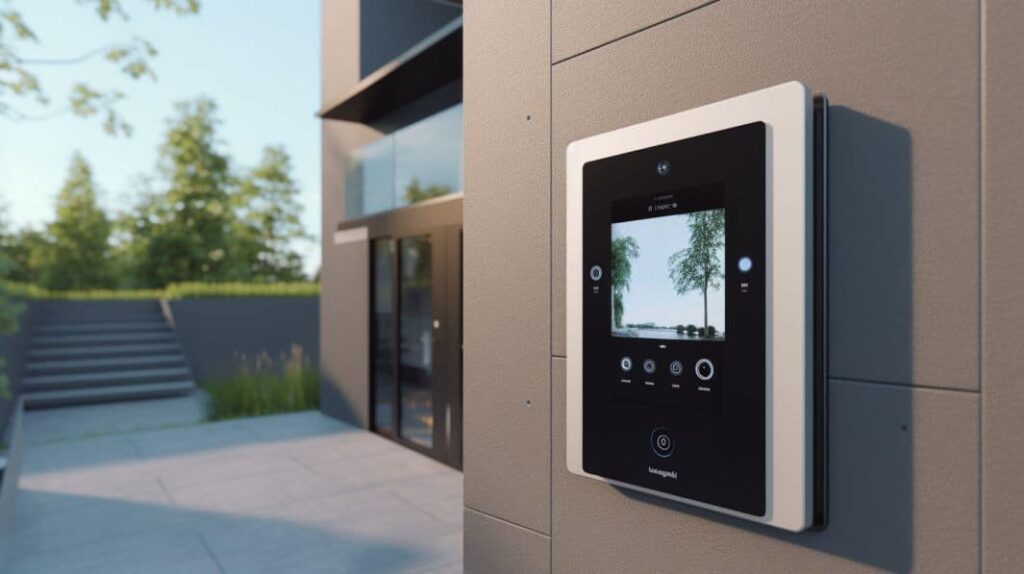
Intercom systems may stop working or develop problems for a variety of reasons. Here are some of the most common issues:
Building Intercom Not Working
- Power source problems
- Wiring disconnections
- Faulty master station
If your entire building intercom system stops functioning, it is likely an issue with the main power source or a wiring connection.
- Check the breaker or fuse box powering the system.
- Make sure the master station and wiring have secure connections.
Problems with Wired Intercoms
- Loose wiring
- Damaged wires
- Corroded connections
Wired intercom units depend on intact wires to transmit signals. Over time, wires can come loose or become damaged. This leads to spotty performance or complete lack of functionality.
- Checking wiring connections
- Replacing old wires
will remedy many wired intercom troubles.
Challenges with Wireless Intercoms
- Low batteries
- Excessive distance
- Signal interference
Wireless intercoms operate differently but also have their own unique issues. Problems like low batteries, excessive distance between units, and interference from other wireless signals can disrupt connectivity between wireless stations.
- Proper placement
- Sufficient power
- Resetting
can often get wireless systems working again.
Troubles with Telephone Callboxes
- Wiring problems
- Phone service disruptions
- Callbox malfunctions
Many intercom systems incorporate callboxes that dial into a phone line. Issues like wiring problems, disrupted phone service, and callbox malfunctions can prevent these units from making calls.
- Examining connections
- Resetting or
- Replacing damaged parts
clears up most telephone entry troubles.
Unique Challenges with Cloud Video Intercoms
- Slow internet speeds
- Internet service interruptions
- Technical problems
Newer cloud-connected video intercoms depend heavily on internet connectivity. Slow internet speeds, service interruptions, or technical issues can cause frozen video, distorted audio, and lagging performance.
- Addressing internet connection issues
- Upgrading internet plans
alleviates most cloud intercom troubles.
Issues with Legacy Intercom Wiring
- Outdated copper wiring
- Corroded conduits
- Connectivity problems
Very old intercom systems often utilized wiring that is no longer up to par. Outdated copper wiring or corroded conduits cause interference or connectivity problems.
- Replacing old wiring with modern standards
greatly improves performance while eliminating frustrating legacy issues.
Upgrading to Wireless Video Intercoms
In many cases, upgrading analog wired intercoms to digital wireless video intercom systems solves recurring problems while adding convenience and functionality.
- Newer intercom technologies are extremely reliable
- Packed with useful features
The next section will outline solutions for each of these common intercom issues. A bit of troubleshooting and maintenance often gets systems up and running again, while upgrades provide more modern options. Understanding root causes helps narrow down the best approach to resume seamless communication through a building’s intercom network.
Solutions for Building Intercom Issues
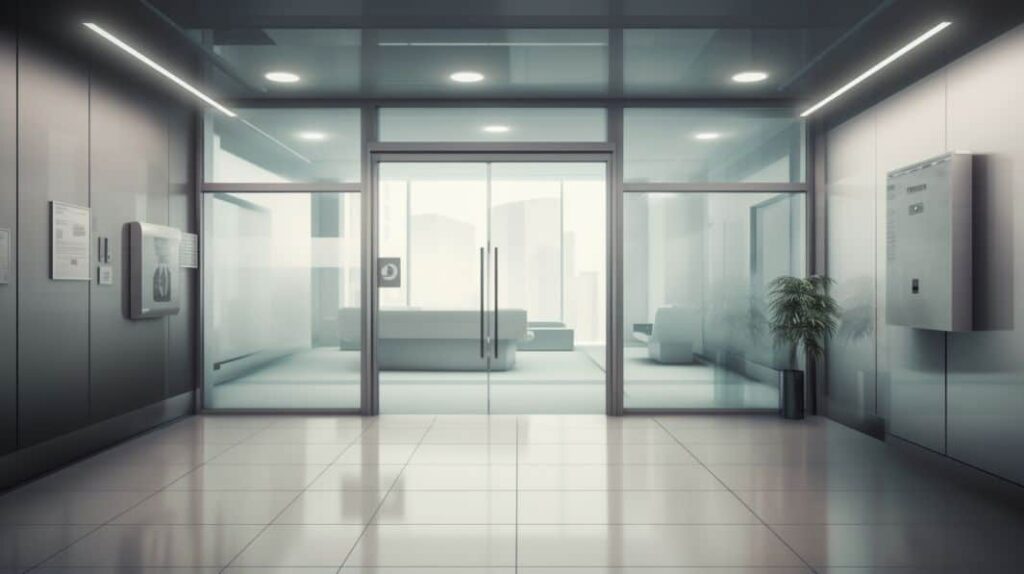
If your entire building intercom system has stopped working, there are a few troubleshooting steps to try:
Check power source and connections
The first solution is to check the power supply and connections:
- Ensure the system is plugged in and receiving power
- Check the outlet, breaker and any surge protectors
- Make sure all system components like the master station are securely plugged in
Check volume and settings
Another fix is to check the volume, settings, and controls:
- Rule out inadvertently lowering volume or changing settings
- Try pressing reset or factory default options
- Test different stations and zones
Replace faulty parts
Finally, faulty hardware like broken intercom stations may need replacement:
- Swap in working parts from other areas
- Test wiring with multimeter to check for anomalies
- Call technician to replace any corroded or damaged wiring or parts
Thoroughly going through these basic troubleshooting tips for widespread building intercom failure will reveal most issues. Components like the electrical supply or internal hardware likely need fixing or replacing if problems persist across the entire system.
Solutions for Wired Intercom Issues

For wired intercoms that have stopped working, here are some effective solutions:
Check for loose connections
- Inspect where wires connect to stations, junction boxes
- Reseat any loose wire connectors
- Use multimeter to check for broken circuit paths
Replace old or damaged wires
- Exposed or frayed wiring can cause shorts
- Corroded copper wires lead to connectivity problems
- New building code wiring like CAT5e or CAT6 improves reliability
Check power source
- Rule out disrupted power supply
- Test stations functionality by directly wiring into alternate power sources
- Reset GFCI and AFCI outlets connected to system
Methodically checking wired connections, replacing suspect wiring, and verifying power delivery will get most wired intercom networks humming again. Consider upgrading wiring if issues persist despite fixes.
Solutions for Wireless Intercom Challenges
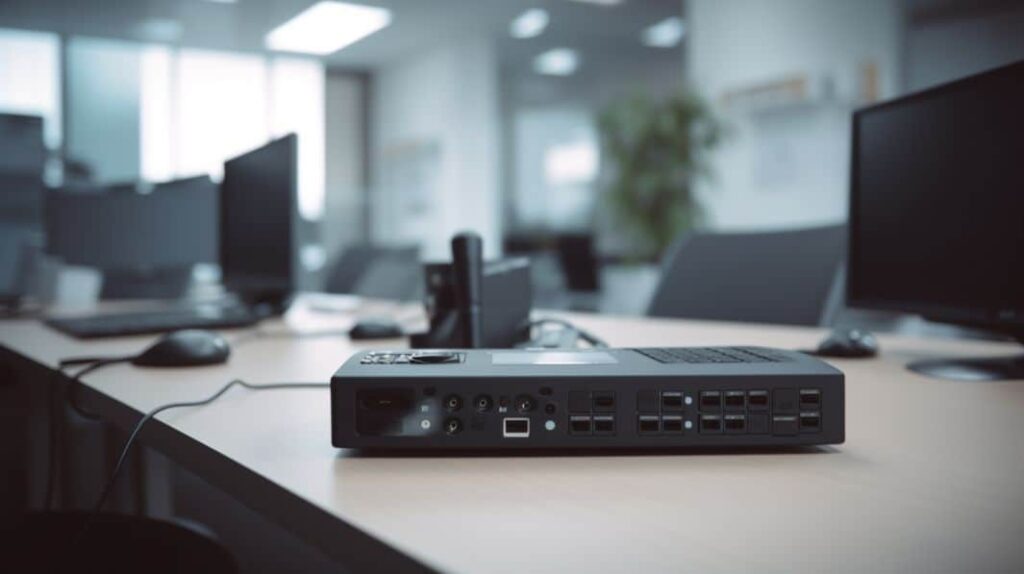
For wireless intercom troubles, start with these troubleshooting tips:
Check batteries and power source
- Replace dead batteries in wireless stations
- Ensure chargers and power adapters are functional
- Plug stations into wall outlets instead of batteries
Ensure proper placement of units
- Resolve range issues by relocating units closer together
- Adjust antenna orientation for better connectivity
- Place away from walls, metals and other signal barriers
Check signal strength
- Many systems have LED indicators for wireless signal levels
- Perform range tests while adjusting unit placements
- Consider WiFi boosters or repeaters if distance is the issue
Interference and spotty connections plague some wireless intercom setups. Following these tips maximizes signal strength for reliable communication between wireless components. Wired-free flexibility may necessitate occasional adjustments.
Solutions for Telephone Callbox Troubles

Many issues with building intercom systems that utilize telephone callboxes can be addressed with the following solutions:
Check connections and wiring
- Inspect where phone lines connect to callbox
- Ensure cables have no loose wire connectors
- Check for breaks in wiring conduits from callbox to telco entry
Reset system if necessary
- Power cycle the callbox station
- Perform factory reset if settings are suspect
- Call service provider to reprovision connection
Replace faulty parts
- Swap parts like keypads or handsets to isolate failures
- Replace visibly corroded or damaged wires and parts
- Consider upgrading callbox to newer IP-based model
Issues like an inability to dial out to apartments, fuzzy audio, or no ring on incoming calls likely stem from wiring problems or failing callbox hardware. Following this structured troubleshooting approach will restore crucial phone entry functionality in many cases. Consider upgrading old callbox models if problems recur.
Solutions for Cloud Video Intercom Challenges
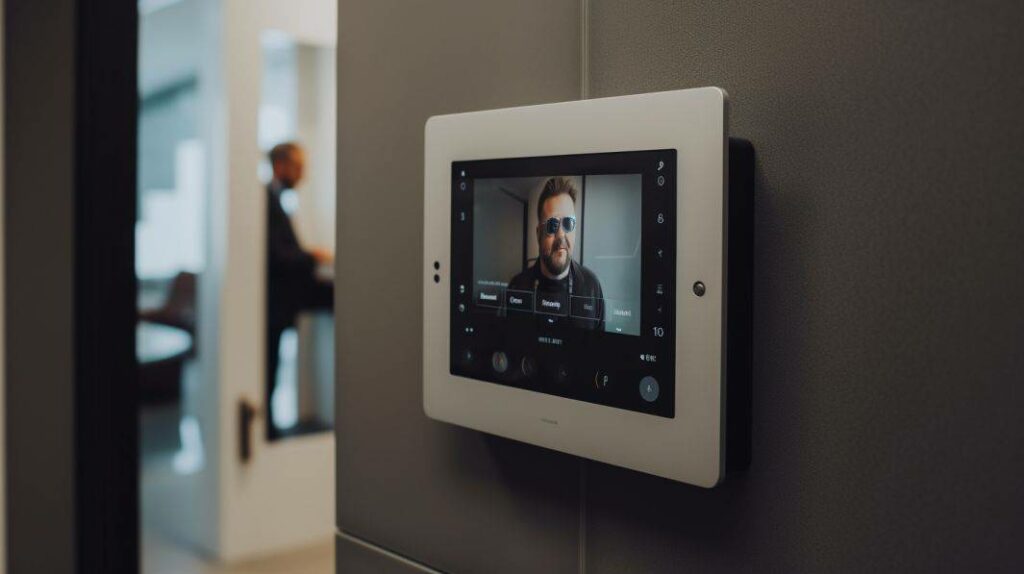
For internet-connected cloud video intercoms, start troubleshooting with these tips:
Check internet connection
- Reboot cable/DSL modem and router
- Connect a device directly to modem to test speeds
- Contact ISP if slow internet persists
Reset system if necessary
- Power cycle base station
- Restore cloud intercom to factory settings
- Re-register account if app connectivity issues
Consider upgrading internet speed
- Minimum speeds needed for optimal performance
- Upgrade to faster cable, fiber optic plans
- Add WiFi range extender if weak signal in location
Choppy video, distorted audio and frozen screens point to network issues like maximum connection bandwidth being exceeded. After addressing any local network problems, an internet speed upgrade may better support the demands of streaming high definition video across multiple stations. This sustains solid performance even at peak usage times.
Solutions for Legacy Intercom Wiring Problems
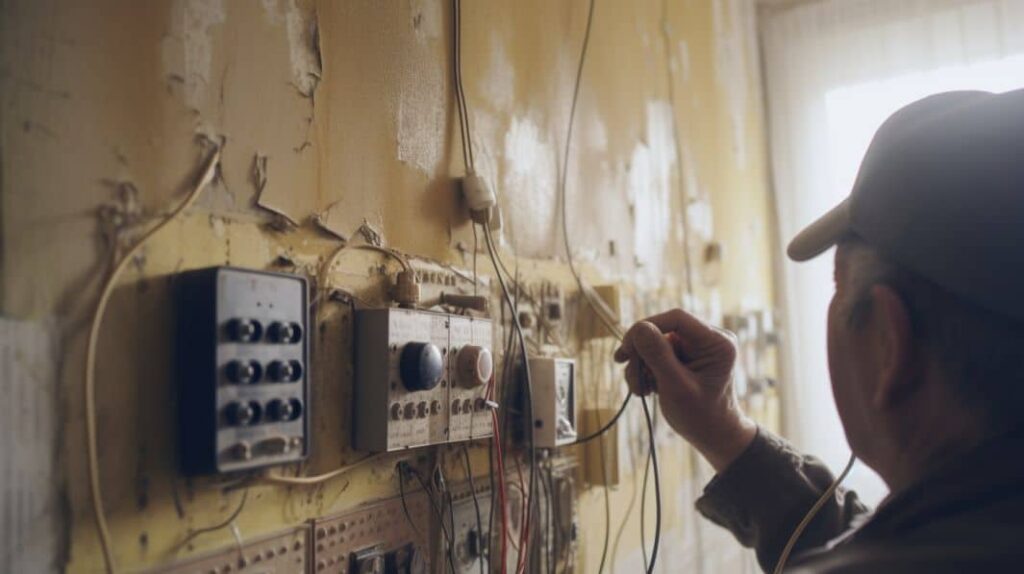
Very old wired intercom systems often utilize outdated cabling infrastructure. Issues may persist even after applying other troubleshooting fixes:
Replace old wiring
- Rewire using modern CAT5e/CAT6 standards
- Ensure proper conduit with no interference sources
- Watch for asbestos considerations if extremely old
Use wireless adapters
- Convert wired stations to wireless with plug-in adapters
- Allows flexible placement without moving wiring
- Can restore functionality quickly at lower cost
Upgrade to wireless system
- Fully modernize with feature-packed wireless system
- Unlimited flexibility for convenient indoor/outdoor placement
- Avoid constraints of deteriorating legacy wiring
If outdated wiring proves problematic to maintain long-term, a partial or complete transition to wireless intercoms often makes sense. Converting to or integrating wireless capabilities restores communication while adding convenience. Removing old problem wiring also enables simpler future upgrades.
Benefits of Upgrading to Wireless Video Intercoms

For intercom systems that continue to have pesky recurring issues related to wiring, parts failures, or functionality gaps – upgrading to modern wireless video intercom systems delivers tremendous advantages.
Greater flexibility and convenience
Wireless video intercom stations operate completely cable-free for unparalleled placement flexibility:
- Easy install by mounting anywhere – no need to run wiring
- Expand coverage with wireless range up to 500 ft
- Move or relocate stations anytime with zero complications
- Mix and match wired and wireless units
- BYOD integration lets you convert old phones/tablets into stations
No longer being tethered to physical wiring conduits enables extremely convenient installations. Expanding or modifying coverage is equally simple through deploying new wireless stations or relocating existing ones. Far less restrictions than wired intercoms burdened by infrastructure wiring and limitations.
Improved security
Advanced wireless video intercoms incorporate the latest standards for superior building security:
- View HD video feeds from door/gate stations in real-time
- Crystal clear two-way video communication at up to 1080p resolution
- Built-in night vision, motion alerts and recording capability
- Control electronic door locks or mag locks remotely via smartphone
- Door open alerts if non-access protocols breached
Seeing and speaking with visitors before granting entry is far more secure than traditional audio-only intercoms. Reviewing recordings if any incidents occur aids investigation. Modern wireless designs also have extensive access control options for opening doors/gates securely after identity confirmation.
Enhanced technology features
Top-tier IP-based wireless video intercom systems include an abundance of tech capabilities:
- Feature-rich smartphone apps for total control & notifications
- Integration with smart home platforms
- Built-in WiFi connectivity – no need to connect IP intercom to router -motorized pan/tilt adjustment plus digital zooming
- Voice assistant compatibility for hands-free communication
- Customizable modes – only receive calls from approved numbers/users
The latest conveniences like tapping into home automation environments or leveraging smartphone integration push intercom utility and performance to new levels. Why settle for sticking with basic legacy audio-only systems full of limitations? The advancements on tap with wireless video intercom upgrades are too good to ignore for most.
In many situations, current intercom issues come down to aging infrastructure and analog technology lagging far behind modern solutions. Swapping outdated setups for robust IP wireless video intercom systems catapults building communication into the future – unlocking next-level flexibility, security and convenience. The host of breakthrough features simplify interconnections while tightly integrating with mobile lifestyles.
Conclusion

Intercom systems provide vital communication capabilities for homes and commercial buildings. However, like any infrastructure, issues can arise related to aging components, weather deterioration, user error, and more. Troubleshooting common intercom problems comes down to:
- Methodically checking connections and wiring
- Verifying adequeate power delivery to system
- Assessing if certain parts like callboxes have failed
- Considering interference factors impacting wireless performance
- Determining if bandwidth constraints slow cloud-based networks
- Watching for overall wear on antiquated systems
Following structured troubleshooting tips tailored to the specific type of intercom system generally reveals the root cause. Many problems can be fixed by:
- Reseating loose wire connections
- Replacing corroded or damaged wiring
- Updating power sources
- Swapping out malfunctioning hardware
- Relocating wireless stations
- Boosting internet speeds for cloud platforms
Other remedies like installing wireless adapters provide convenient workaround for legacy wiring issues. In some cases, the ideal long-term solution is migrating to a modern IP wireless video intercom system – future-proofing with the latest innovations.
Staying proactive with periodic intercom inspection and maintenance prevents frustrating outages. Technology advancements make replacing obsolete equipment with feature-packed wireless video designs an increasingly appealing option. The flexibility, security protections and mobility of cutting-edge systems simplify communications across any size building while raising capabilities to new heights. Consider a consultation to discuss leveraging modern intercom advancements tailored exactly for your property needs.
FAQs
When Should I Upgrade My Old Intercom System?
Upgrading legacy intercom systems becomes appealing when you continually experience issues related to wiring problems, part failures, or missing functionality. Modern wireless IP video intercoms resolve many recurring issues while adding tremendous convenience and features.
What Is The Best Troubleshooting Tip For Cloud-Based Video Intercoms?
Choppy streaming and lagging performance for cloud intercoms generally boils down to insufficient internet speeds. After addressing any local network issues, upgrading your ISP plan to fiber, DOCSIS 3.1 or better accelerates connectivity to smoothly handle high-definition video across multiple stations.
How Do I Add An Outdoor Wireless Intercom Station?
Top-tier wireless intercoms allow easily expanding coverage by installing new outdoor stations powered either by AC wiring or long-life batteries. The new units just need to be within range of the main base station, allowing placement virtually anywhere without complicated wiring runs.
Should I Repair Or Replace Old Wiring Issues?
It depends on extent of the problem. Reseating connections and replacing smaller sections of wiring may provide temporary fixes. However, for corrosion and interference issues spread across aging infrastructure, complete new wiring or going wireless avoids continuous costly repairs.
What Should I Do If My Callbox Has No Dial Tone?
Callboxes with no dial tone typically suffer from wiring breaks or connection issues. Inspect junction points between telephone line and callbox. Check any wire conduits for damage. If wiring checks out, the callbox hardware itself may have failed necessitating replacement. Consider upgrading to modern IP video intercom.

